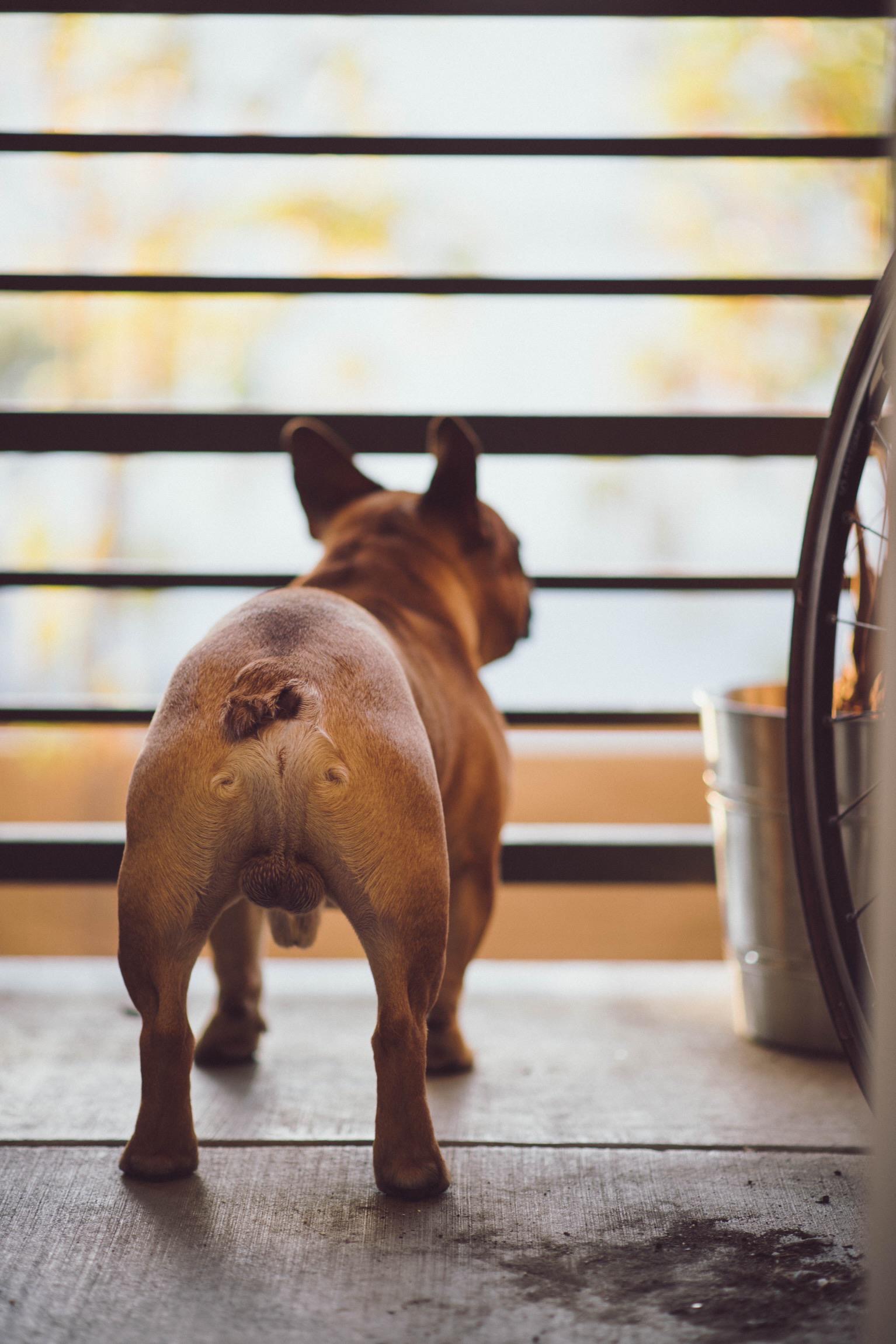
Let’s Talk Swirl Butts
Dogs have been loyal companions to humans for thousands of years. They come in different breeds, sizes, and colors, but one common feature that many dogs share is the swirls on their butts. These swirls, also known as whorls, are distinctive patterns of hair growth that can be found on the fur of dogs in various locations on their bodies, but most commonly on their hindquarters.
While the swirls on a dog’s butt may seem like a trivial feature, they have been the subject of curiosity and speculation for centuries. In this blog post, we will explore the various theories and explanations for why dogs have swirls on their butts.
One of the most straightforward explanations for why dogs have swirls on their butts is genetics. Like many physical features, the swirls on a dog’s fur can be attributed to their genes. The genetic code that a dog inherits from their parents determines the patterns of hair growth on their body, including the swirls on their butt.
Theory 1: Genetics
Some dog breeds are more likely to have swirls on their hindquarters than others. For example, breeds like the Australian Cattle Dog, Australian Shepherd, and Border Collie are known for their distinctive butt swirls. These breeds were likely selectively bred to produce this trait, making it more common among their offspring.
While genetics may explain why certain breeds have swirls on their butts, it doesn’t fully answer the question of why dogs have them in the first place. After all, not all dogs have butt swirls, even within the same breed.
Theory 2: Functionality
Another theory about why dogs have swirls on their butts is that they serve a functional purpose. Some researchers believe that the swirls on a dog’s butt may help to direct water away from their body when they are wet.
This theory is based on the idea that the swirling pattern of the hair on a dog’s butt creates a channel for water to flow down and away from their body, preventing them from becoming soaked. This could be particularly useful for dogs that were bred for water-based activities, such as retrieving ducks or other game from the water.
While this theory is plausible, it is difficult to prove. There has been very little research conducted on the topic, and there are many other factors that could impact how wet a dog becomes when they are in water, such as the shape of their body and the texture of their fur.
Another theory about why dogs have swirls on their butts is that they serve as a form of communication. Dogs communicate with each other using a variety of methods, including body language, vocalizations, and scent marking.
Theory 3: Communication
Some researchers believe that the swirls on a dog’s butt may be a visual cue that communicates something about their personality or temperament to other dogs. For example, a dog with a clockwise swirl on their butt might be perceived as more dominant, while a counterclockwise swirl could indicate submissiveness.
This theory is supported by the fact that dogs are highly attuned to visual cues and body language. Dogs are experts at reading the subtlest of signals from other dogs and humans, and they use this information to communicate and interact with their surroundings.
Theory 4: Protection
Another theory about why dogs have swirls on their butts is that they serve a protective function. Some researchers believe that the swirling pattern of hair on a dog’s butt may help to protect their sensitive areas from bites and scratches during fights with other dogs.
The idea behind this theory is that the swirling pattern of hair creates a kind of natural armor that shields the dog’s butt from harm. This could be particularly useful for dogs that were bred for hunting or fighting, where they would be more likely to engage in physical altercations with
other animals.
While this theory is intriguing, there is little scientific evidence to support it. There are many other factors that could impact a dog’s ability to protect themselves during a fight, such as their size, strength, and fighting style.
Theory 5: Evolution
The final theory about why dogs have swirls on their butts is that it is an evolutionary adaptation that helps them to survive and thrive in their environment. This theory suggests that the swirls on a dog’s butt may have evolved as a way to enhance their agility and balance.
The swirling pattern of hair on a dog’s butt could create a kind of natural grip that helps them to maintain their balance while running, jumping, and playing. This could be particularly useful for dogs that were bred for activities that require agility, such as herding or agility trials.
While this theory is compelling, there is little scientific evidence to support it. It is difficult to study the evolution of physical traits in dogs, as much of their history has been shaped by human breeding practices rather than natural selection.
Conclusion
In conclusion, the swirls on a dog’s butt remain a mystery that has puzzled researchers and dog owners for centuries. While there are many theories and explanations for why dogs have butt swirls, there is little scientific evidence to support any one theory.
It is likely that the swirls on a dog’s butt are a combination of genetics, functionality, communication, protection, and evolution. Ultimately, the swirls on a dog’s butt are just one of the many physical features that make each dog unique and special in their own way.
So the next time you see a dog with a swirl on their butt, take a moment to appreciate the mystery and beauty of this fascinating feature. And remember, regardless of why dogs have swirls on their butts, they will always be loyal and loving companions to humans.




Norma Lopez
The dog butt swirls to me are like God’s marking after creating each one, as if to say “you’re done”! Lol! 😆